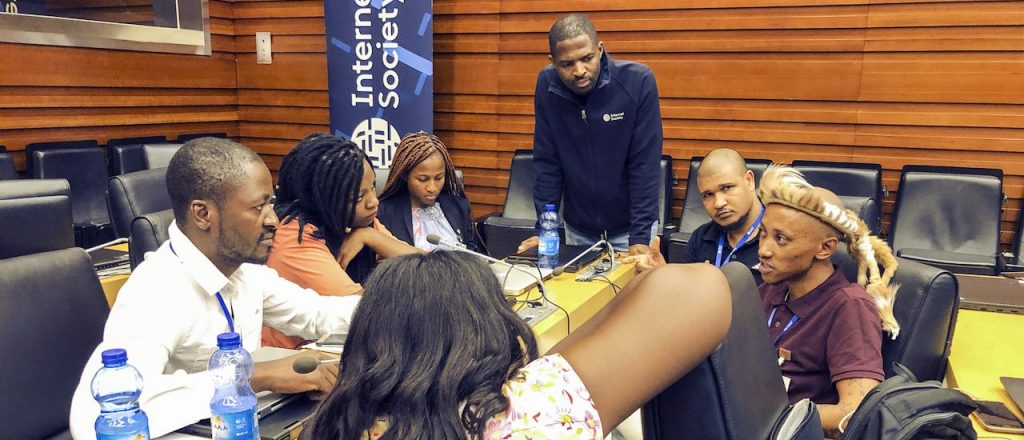IPv6 Buzz 044: Building An IPv6 Lab
The best way to learn IPv6 is to get it into the lab and play with it. On today's IPv6 Buzz podcast, we share advice, learnings, and tips on building a lab and getting your hands dirty with this protocol.How to Start Your Network Automation Journey
A journey of a thousand miles begins with one step they say… but what should that first step be if you want to start a network automation journey (and have no idea how to do it)?
Anne Baretta sent me a detailed description of his journey, which (as is often the case) started with the standardized configuration templates.
CloudGenix Joins Cissdm’s SD-WAN Crew
Cissdm says CloudGenix's SD-WAN and CloudBlades platforms will allow it to deliver all branch...
Daily Roundup: Cisco Patches Big Zero-Day Bug
Cisco patched zero-day vulnerabilities in millions of devices; the White House backed US 5G plan;...
How SD-Branch Supports Bank Transformation
Customers expect more of a digital experience out of their financial institutions. Here's how...
Vodafone CEO: Huawei RAN Quota Will Slow 5G Plans
Nick Reed said a delay of up to five years could result if it has to replace Huawei equipment that...
Learn, Contribute, and Engage! Introducing the Chapter Training Program!

Our members plays a vital role in working for a open, globally-connected, and secure Internet for all – through their experience, knowledge, and passion. For this reason, we’re excited to announce the Internet Society’s 2020 Chapters Training Program.
The Chapters Training Program will be the first engagement and learning program for members that focuses on developing new community leaders. These community leaders can work together with their respective Chapters and create local awareness of our 2020 Action Plan work and explore options for members to become involved.
Growing and developing our communities is one of our main priorities. By launching this program we aim to strengthen three important development components for Chapters: Chapter alignment to Organizations Strategy, Capacity Building, and Community engagement.
Enrollment for Chapters interested in being part of the program will be open until February 9th . Chapters can subscribe here.
For Chapters interested on getting more details about the program, a video session is available.
We hope to get as many Chapters as possible for this first year pilot!
We can only grow if we innovate and work together. New ideas will always bring new opportunities. Join us and be part of this global initiative!
The post Learn, Contribute, Continue reading
FatPipe SD-WAN Adds Ciena uCPE Support
The two companies aim to develop new service delivery models for communication services...
White House Burnishes Big US Tech Firms for 5G Battle
President Donald Trump and his advisors have been talking about empowering U.S.-based technology...
Cisco Patches Zero-Day Vulnerabilities in Millions of Devices
If exploited, the bugs would allow an attacker to eavesdrop on voice and video calls and steal...
The End Of WAN As We Know It?
In today’s iteration of the Network Collective Community Roundtable, I join Kevin Myers and Darrel Clute to talk about what’s on their minds and whether or not the WAN as we know it is a thing of the past. Hardware independent software overlays are becoming more popular but does this mean that traditional WAN is going away? Hear what Keven, Darrel, and I have to say about it on this episode.
Outro Music:
Danger Storm Kevin MacLeod (incompetech.com)
Licensed under Creative Commons: By Attribution 3.0 License
http://creativecommons.org/licenses/by/3.0/
The post The End Of WAN As We Know It? appeared first on Network Collective.
Day Two Cloud 034: Everything As Code – Including Documentation
One key idea for automation and cloud is "everything as code." That includes networking, infrastructure, and documentation. Yes, documentation. On today's Day Two Cloud episode we dive into how to get beyond using Microsoft Office as your infrastructure management strategy. Our guest is William Collins, a cloud architect at a large healthcare company.
The post Day Two Cloud 034: Everything As Code – Including Documentation appeared first on Packet Pushers.